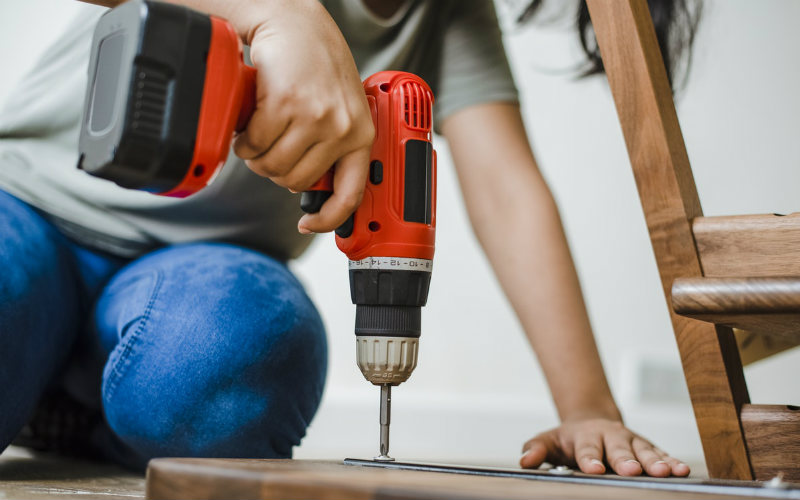Buying a home can be a long and complicated process, particularly if it's your first time. But arguably the hardest part of all is saving the initial deposit - a hefty lump sum which is generally recommended to be at least 20% of a property's value.
In the current housing market, a 20% deposit on a median value home in Australia is a robust six-figure sum, whether you're buying in a capital city or a regional area.
As at June 2024, CoreLogic's Home Value Index put Australia's median dwelling values at:
- $878,000 across the eight capital cities
- $628,000 across the combined regional market
That means a 20% deposit for a median-value city home is more than $175,000 while a dwelling in a regional market would require a deposit of more than $125,000. For many Australians, especially younger people, saving up a deposit of that size can seem nigh on impossible.
But the good news is you don't necessarily have to save 20% for a deposit. While it's not recommended, you may (in some limited cases) be able to secure a home loan without saving a single dollar for a deposit.
Let's check a few ways you can potentially get approved for a home loan with no deposit.
Are there no-deposit home loans?
Right, to burst the bubble right up front, you can't really get a 0% deposit home loan from any of the traditional lenders. They might make case-by-case exceptions based on income or a person's repayment history but as a general rule, 0% home loans don't exist as a product. Chances are you'll need to cough up a minimum of 5% - we'll cover this option in greater detail shortly but, first, let's explore some alternative strategies.
How can I get a home loan without a deposit?
Below are a few possibilities that could see a buyer purchase a home with no deposit.
Specialist lenders
Some smaller or specialist lenders offer their own versions of zero deposit home loans, sometimes known as 100% home loans, but they're relatively few and far between. As you can imagine, they also usually have very tight restrictions as to who can qualify.
In addition to charging a significantly higher interest rate, these loans may also require applicants to have:
- A tertiary education
- Continuous employment of three or more years
- A high income, such as professionals in high-paying industries like the medical or legal fields
- An excellent credit record
The key takeaway here is the high salary. Someone on a high income likely won't have too much trouble paying back the loan and probably isn't struggling to get a deposit together either. It may just be they have their cash tied up in other assets. In many cases, no deposit lenders will consider the equity a borrower has in another property in place of a deposit which we'll consider in more depth shortly.
First Home Owners Grant as deposit
If you're a first home buyer accessing the First Home Owners Grant (FHOG), you can technically use this payment as your deposit. But on its own, the FHOG is probably not going to be enough to cover the amount required.
As at August 2024, the maximum grant available is $30,000 offered by the Queensland government, but in most other states and the Northern Territory, it's $10,000 and $15,000 in South Australia.
As we've already considered median dwelling prices in Australia, unfortunately the standard FHOG is not enough to cover a deposit in the vast majority of housing markets. However, in some places in Queensland, the state's $30,000 grant could be enough to cover a 5% deposit on a $600,000 new build home.
Guarantor home loans
Another method of securing a home loan without a deposit is by using a guarantor. A home loan with a guarantor is a type of mortgage where someone else (typically an immediate family member) has agreed to take responsibility for making repayments in the event that you can't. Guarantors generally also often offer equity in one of their existing properties as security on the loan.
Because of these requirements, and the high degree of risk a guarantor is exposing themselves to, guarantors are often limited to being the applicant's parents or other immediate family members. But some lenders will allow extended family members such as aunts or uncles - it all comes down to who the lender accepts. Some lenders offer 105% home loans for people with guarantors, which is basically the entire cost of the loan plus additional costs like stamp duty and application fees.
A guarantor can be a way to secure a home loan for people who:
- Have low incomes
- Are struggling to reach their deposit goal
- Have a poor credit record
- Have a shaky employment history
Lenders can require different terms and conditions around guarantor loans, so make sure you and your guarantor understand what these are before committing to anything.
See also: Guarantor Home Loan Calculator
Use equity as a deposit
We've already touched on this as a possibility for high-income borrowers but if you're an investor, you can use the equity in an existing property to buy another one.
In simple terms, equity is the value of the property minus how much you owe on the mortgage for it. For example, if you own a property worth $700,000 and still have $300,000 to pay on the mortgage for it, you have $400,000 equity in your home.
Different lenders will have different policies as to how you may be able to use your equity to purchase another property but there are several options including refinancing your existing home loan.
Read more: Using equity to buy a second property
Use a personal loan as a deposit
This option is simply not going to fly with the vast majority of lenders. As a rule of thumb, home lenders don't like borrowers having to service too many other debts than their home loans.
Personal loans come with higher interest rates, and you'd be required to meet repayments for the personal loan and the home loan. Such a strategy would also see borrowers fail to meet the 'genuine savings' requirement of many lenders.
However, there is one new lender in Australia called OwnHome that's backed by the Commonwealth Bank and specialises in providing home deposit loans, which could be worth considering.
Get your deposit as a gift
The rise of the bank of mum and dad (BOMD) has seen parents firmly entrenched in Australia's top ten home lenders list. Many first home buyers (some research suggests around 60%) are now getting some financial help from their families towards purchasing a home.
Getting a deposit from BOMD can get you a foot on the property ladder, but it might not be as plain sailing as it appears.
In the eyes of many lenders, what's called a 'gifted deposit' can raise some red flags. Lenders will usually ask for evidence as to where the money came from. As we've already discussed, many lenders prefer to take on borrowers with genuine savings as it demonstrates their ability to put money aside regularly and boosts their credentials as a trustworthy borrower who will be responsible enough to meet their home loan repayments.
Some lenders may even request what's known as a 'gift letter' that confirms the funds have been provided with no strings attached and without expectation of repayment at a later time. As we've touched on, a lender doesn't like to see their borrowers bound by too many other repayment commitments.
A gifted deposit can effectively see you qualify for a no deposit home loan but be aware, some lenders may still turn you down.
See also: Boomer guilt and the property market
So, what's the minimum deposit needed for standard home loans?
In the vast majority of cases, you'll need to stump up at least some kind of deposit in order to secure a home loan. Many lenders will accept a deposit of at least 5%, but they typically charge lender's mortgage insurance (LMI) on home loans with deposits smaller than 20%, which can add tens of thousands of dollars to the cost of the loan.
Many advertised loans will have an LVR (loan-to-value ratio) number in their product name or description. This number represents the maximum proportion of a property's value that the loan can be used for, which also inversely reflects its minimum deposit requirement. So, an 80% LVR loan will require a 20% deposit and a 90% LVR loan will require a 10% deposit, etc.
An LVR of 95% is generally the highest LVR many lenders will consider.
Government guarantee schemes
Before we get into the nitty-gritty of 95% LVR home loans, it's worth noting the federal government offers a scheme to assist eligible home buyers with 5% deposits to purchase a home without LMI.
First home buyers may be able to access the government's First Home Guarantee (FHBG). Essentially, this sees the federal government provide the lender with a guarantee on up to 15% of the loan amount.
The guarantee is not a cash payment or intended as a deposit for a home loan (you still have to come up with the 5%) and availability is capped at 35,000 participants each financial year (as at 1 July 2024 - 30 June 2025) through participating lenders only.
The scheme can also be used in conjunction with various state and territory first home buyer grants and concessions.
There are also similar guarantees available to eligible first buyers in regional areas under the Regional First Home Buyer Guarantee and to single parents (who need as little as 2% deposit) under the Family Home Guarantee.
95% home loans explained
If you're not eligible for any government guarantee programs, you'll find yourself looking for a 95% LVR loan on the home loan market.
If you're reasonable in your property expectations (that is, you don't want a mansion in the middle of the city), have a stable employment history, and a decent credit score, you'll likely stand a good chance of being approved for a 95% home loan - but not every lender offers them.
While they're not as common as higher deposit loans, they are still available from many reputable lenders, including most of the biggest home lenders: Commonwealth Bank, Westpac, NAB, ANZ, ING, Suncorp Bank, Bendigo & Adelaide Bank, Macquarie Bank, Bank of Queensland, and ME Bank.
Many smaller and non-bank lenders also offer 5% deposit loans.
See also: Which lenders offer 95% LVR home loans?
If you're on the trail of a 95% home loan, the table below features some of the lowest variable interest rates on the market for owner occupiers.
| Lender | Home Loan | Interest Rate | Comparison Rate* | Monthly Repayment | Repayment type | Rate Type | Offset | Redraw | Ongoing Fees | Upfront Fees | Max LVR | Lump Sum Repayment | Extra Repayments | Split Loan Option | Tags | Features | Link | Compare | Promoted Product | Disclosure |
|---|---|---|---|---|---|---|---|---|---|---|---|---|---|---|---|---|---|---|---|---|
5.49% p.a. | 5.50% p.a. | $2,836 | Principal & Interest | Variable | $null | $null | 95% | |||||||||||||
5.79% p.a. | 5.81% p.a. | $2,931 | Principal & Interest | Variable | $0 | $195 | 95% | |||||||||||||
5.79% p.a. | 5.82% p.a. | $2,931 | Principal & Interest | Variable | $0 | $300 | 95% | |||||||||||||
6.09% p.a. | 6.37% p.a. | $3,027 | Principal & Interest | Variable | $295 | $0 | 95% | |||||||||||||
6.15% p.a. | 6.15% p.a. | $3,046 | Principal & Interest | Variable | $0 | $0 | 95% | |||||||||||||
6.24% p.a. | 6.59% p.a. | $3,075 | Principal & Interest | Variable | $0 | $0 | 95% | |||||||||||||
6.29% p.a. | 6.31% p.a. | $3,092 | Principal & Interest | Variable | $0 | $210 | 95% | |||||||||||||
6.24% p.a. | 6.28% p.a. | $3,075 | Principal & Interest | Variable | $0 | $0 | 95% | |||||||||||||
6.64% p.a. | 7.03% p.a. | $3,207 | Principal & Interest | Variable | $395 | $350 | 95% | |||||||||||||
6.49% p.a. | 6.87% p.a. | $3,157 | Principal & Interest | Variable | $0 | $0 | 95% | |||||||||||||
6.69% p.a. | 6.72% p.a. | $3,223 | Principal & Interest | Variable | $0 | $350 | 95% | |||||||||||||
6.69% p.a. | 6.93% p.a. | $3,223 | Principal & Interest | Variable | $248 | $350 | 95% | |||||||||||||
6.84% p.a. | 6.84% p.a. | $3,273 | Principal & Interest | Variable | $0 | $0 | 95% | |||||||||||||
7.24% p.a. | 7.61% p.a. | $3,407 | Principal & Interest | Variable | $null | $400 | 95% | |||||||||||||
7.24% p.a. | 7.61% p.a. | $3,407 | Principal & Interest | Variable | $10 | $150 | 95% | |||||||||||||
7.34% p.a. | 7.36% p.a. | $3,441 | Principal & Interest | Variable | $null | $400 | 95% |
Is it better to take out a low deposit home loan or keep saving for a bigger deposit?
This is the big question, and the answer depends on a number of factors.
Firstly, in a hot property market, such as we have seen since the pandemic, there is an argument that some home buyers may have been better off getting into the market with a low deposit as property prices raced ahead at a far higher rate than their deposit savings.
This increase in property values can effectively increase a homebuyer's equity in their property without them having to do much at all.
In turn, the build-up of equity over this time could have allowed some homebuyers to refinance their higher interest rate loans to a lower interest rate while avoiding LMI the second time around. But this, of course, depends on the lender, the loan product, and individual circumstances.
Over the same period, those still saving for larger deposits were hit with the double whammy of skyrocketing property prices and increases in the cost of living, effectively making saving more difficult. The past several years has seen the goalposts move further out of reach for those still trying to put home deposits together.
But the answer to the question also hinges on the affordability of the loan repayments for high LVR loans for individual borrowers and the sacrificing of other financial goals, such as the borrower putting aside an emergency fund or investing in other opportunities.
The housing market is also apt to change with the economic times. What may seem like the best strategy now may not apply several years down the track. If the property market experiences a slowdown or prices stabilise, it may be more advantageous to come into the market with a larger deposit.
A good mortgage broker can run through some scenarios with you if you're grappling with this question.
See also: Which Lenders offer 90% LVR home loans?
Savings.com.au's two cents
If you want to secure a home loan without any deposit, it's not easy. Using a guarantor may be your best bet, as there really aren't too many other feasible options available. If you're lucky enough to have a family member who's willing to go guarantor on a home loan for you, it's definitely worth considering. But you should also consider the following:
- How will you fare paying back 100% of your property's value and the extra interest cost that will entail?
- What happens if you can't meet your repayments?
- How will it affect your relationship with the guarantor?
- How will it affect other relationships within your family?
Without a guarantor, the maximum you can typically borrow from the majority of lenders is 95% of the property's value.
Keep in mind that while buying a house with little to no deposit might sometimes be a good move (e.g. if house prices are rising fast or your dream home is finally on the market), it can be more beneficial to wait patiently until you've saved up at least a 20% deposit. This depends on a number of factors though and the parameters are constantly shifting.
If you're still pondering when to take the leap on entering the property, our article on how to save for a house deposit has some useful practical tips on how you can do this without living on a diet of canned beans. Although some canned beans can help too.
First published on December 2021
Photo by Austin Distel on Unsplash
Original article published by William Jolly in 2019 and updated in 2021 and 2024
Disclaimers
The entire market was not considered in selecting the above products. Rather, a cut-down portion of the market has been considered. Some providers' products may not be available in all states. To be considered, the product and rate must be clearly published on the product provider's web site. Savings.com.au, yourmortgage.com.au, yourinvestmentpropertymag.com.au, and Performance Drive are part of the Savings Media group. In the interests of full disclosure, the Savings Media Group are associated with the Firstmac Group. To read about how Savings Media Group manages potential conflicts of interest, along with how we get paid, please click through onto the web site links.

Ready, Set, Buy!
Learn everything you need to know about buying property – from choosing the right property and home loan, to the purchasing process, tips to save money and more!
With bonus Q&A sheet and Crossword!
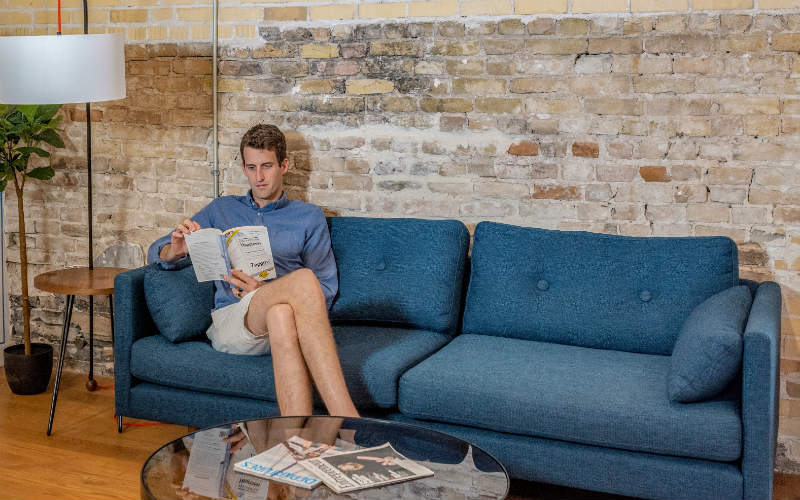


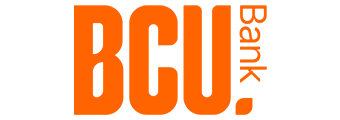




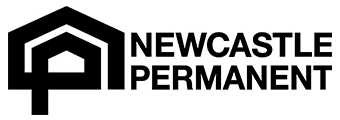

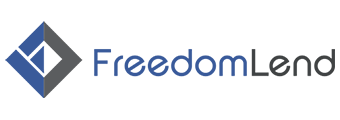







 Harry O'Sullivan
Harry O'Sullivan
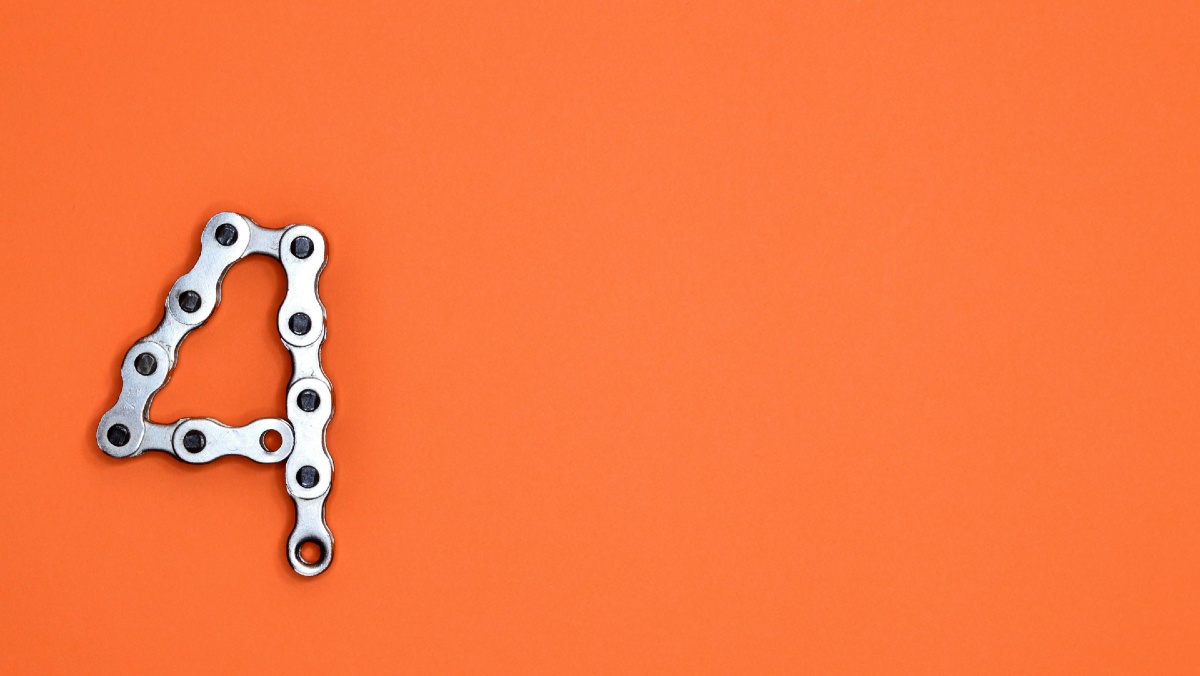
 Denise Raward
Denise Raward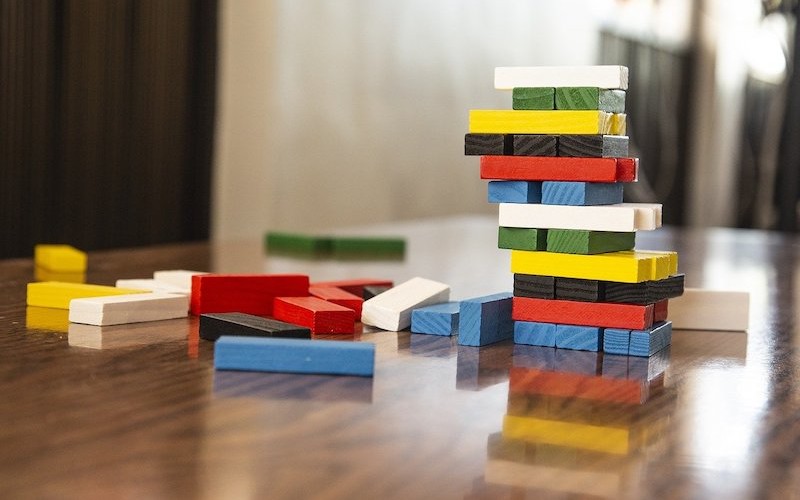
 Harrison Astbury
Harrison Astbury
 Aaron Bell
Aaron Bell

